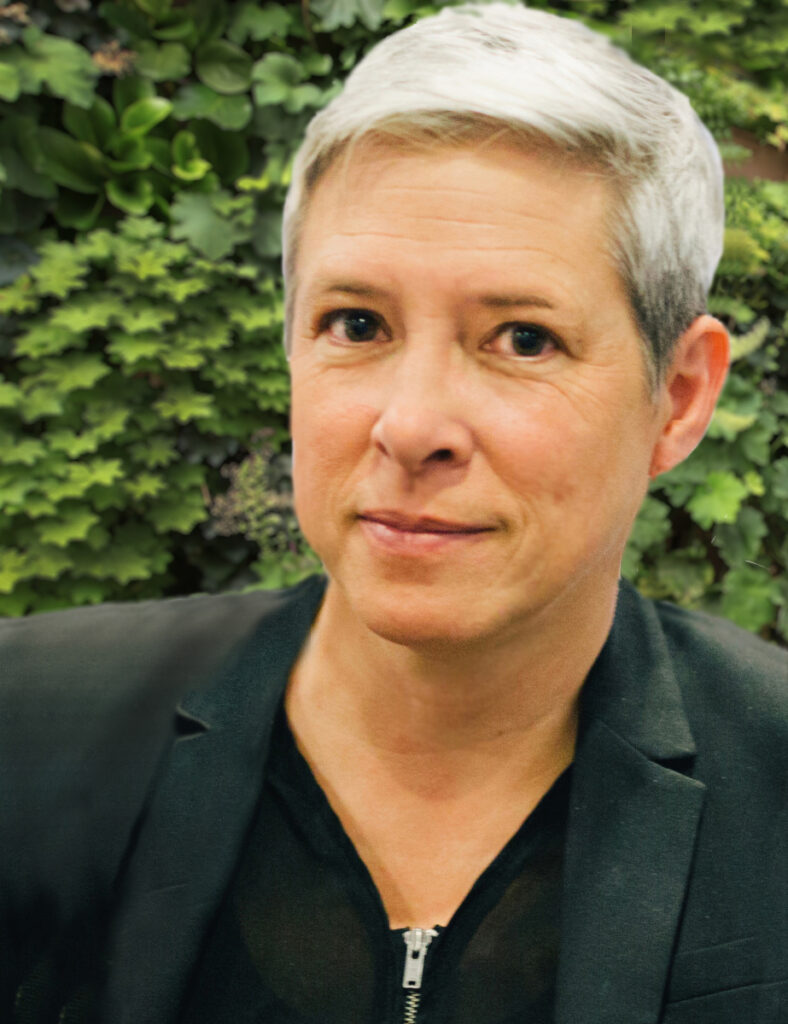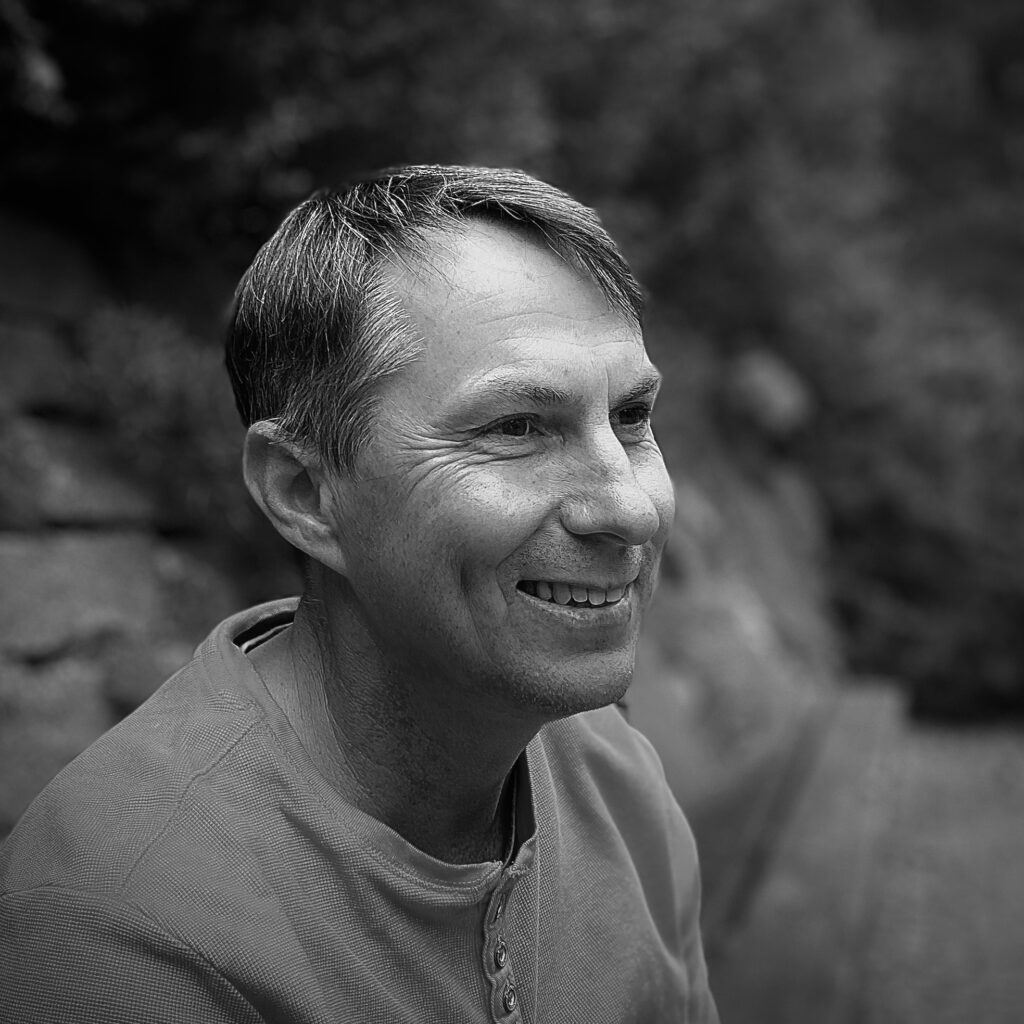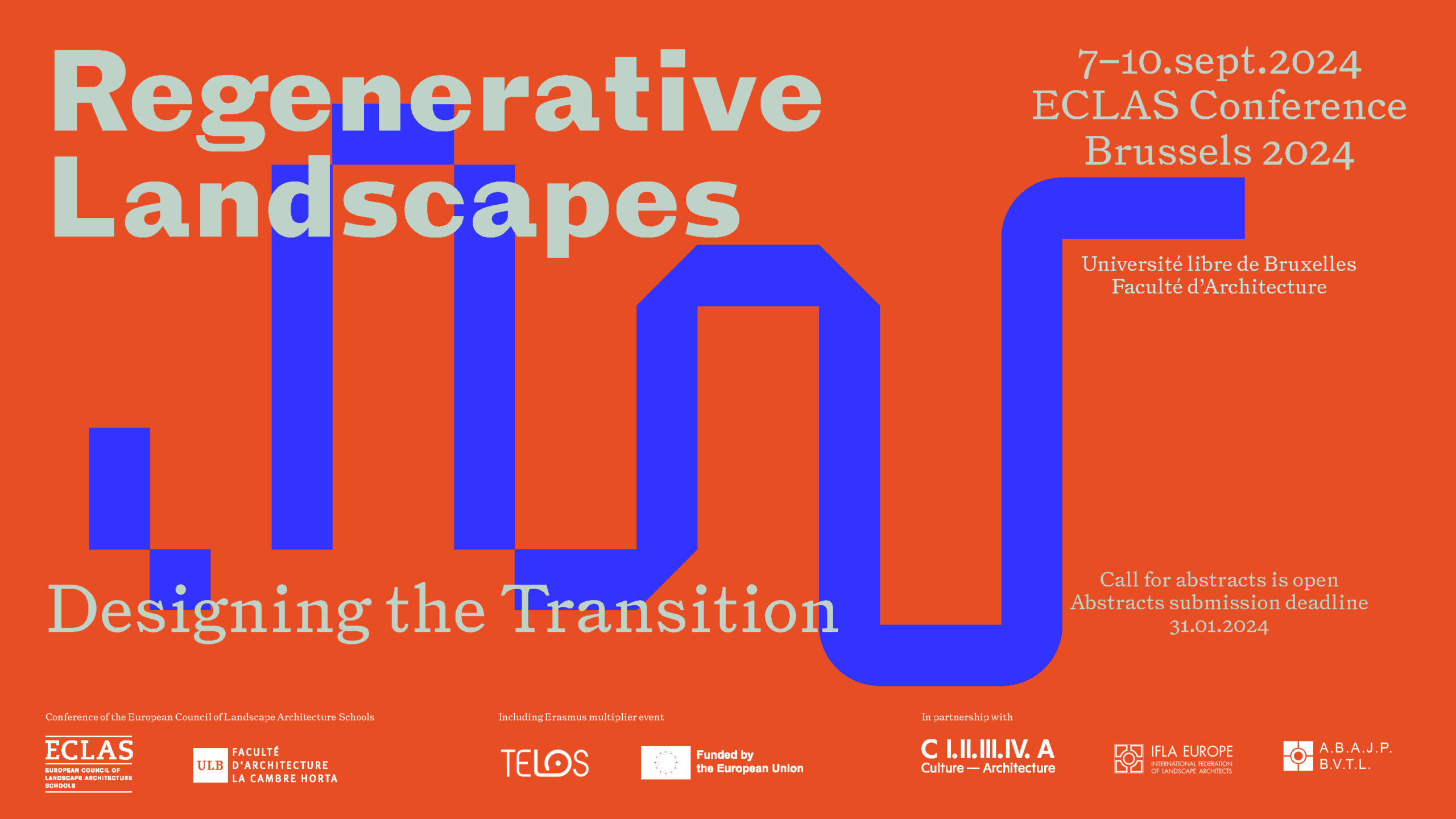Keynote Speakers at ECLAS 2023 – Landscape Crossroads
Kristina Hill
Program Director of IURD; Associate Professor of Landscape Architecture & Environmental Planning and Urban Design, Berkeley College of Environmental Design, USA

Kristina Hill studies the climate drivers as well as design strategies for urban adaptation to coastal flooding and climate change. She uses groundwater mapping and adaptation pathways to develop urban design alternatives for the wide range of situations where seawalls and levees won’t work to prevent flooding, because groundwater will rise as sea level rises. Her focus is on protecting low-income and minority communities that are vulnerable to health impacts from legacy contamination being mobilized in groundwater, long before rising groundwater causes surface flooding. Kristina has contributed to adaptation plans for a diverse group of US cities, several US agencies, and the Rockefeller Foundation.
She edited the 100th anniversary issue of the journal of the Ecological Society of America in 2015 on the topic of climate change and infrastructure, has published in a wide range of journals and anthologies, and been featured in a documentary about urban flooding (the “Sinking Cities” PBS documentary and the “Hidden Brain” podcast on NPR).
Most recently, her work is being used by the UNEP Finance Initiative to guide investments in cities and has changed statewide policy for managing contaminated sites in California. Her PhD is from Harvard University, and she is Director of the Institute for Urban and Regional Development at UC Berkeley, which includes graduate programs in urban design and real estate development. Kristina teaches both design and planning courses, and her current book project is about adaptation to rising seas in cities.
Philipp RW Urech
Dr. Sc. ETH Zurich, Swiss Federal Institute of Technology in Zürich / Future Cities Laboratory Global, Switzerland.
Drawing on measures: Digital literacy for aesthetic and scientific integration in landscape design

Digital methods commonly used in landscape design are based on principles introduced in the 1960s and often fail to grasp the spatial complexity of the environment. The result is simplistic and fragmented planning that results in places lacking in identity, aesthetic and ecological quality for urban life. However, by drawing on the formal and dynamic essence of the environment, it is possible to design solutions that better respond to both site-specific qualities and a holistic context. This topological approach uses laser scanning technology to produce a three-dimensional model.
The virtual model of the site is then used as a scaling tool between reality and imagination, and broadens the design vocabulary by coupling physical and dynamic aspects. This innovative approach helps to broaden the scientific repertoire of the design practice, which is faced with rapidly growing challenges such as flooding and urban heat islands.
Philipp Urech is an architect concerned with place. He received his bachelor’s degree from the Swiss-Italian Academy of Architecture (USI) and his master’s degree from the Swiss Federal Institute of Technology (ETH) in Zürich. In 2021 he founded his company Topostudio GmbH specialized in urban landscape design with advanced digital tools. Between 2010 and 2022 he was a research associate at the chair of Landscape Architecture of Professor Christophe Girot at the ETH Department of Architecture, were he taught landscape design in master’s studios and postgraduate study programs. He also led Design Research Studios at the Singapore University of Technology and Design (SUTD) while conducting doctoral research at the Singapore-ETH Centre in Singapore. His thesis “Shaping Physical Landscape” devises a design methodology based on innovative 3D modeling techniques that gives designers new means to interact with the physical geometry of the environment. Philipp is currently postdoctoral researcher in the interdisciplinary module Resilient Blue-Green Infrastructures at the Future Cities Laboratory Global in Zurich. He currently teaches the course series “Digital Design Methods” in the Master of Landscape Architecture program and the course series “Topology” at the departments of Architecture and Civil Engineering at ETH Zurich.
Tomáš Jiránek
Ing. et Ing, Practicing landscape architect; senior assistant at the Department of Landscape Architecture, Faculty Horticulture of the Mendel University Brno, Czech Republic
Personal motto: City – People – Landscape: A wounded relationship that requires responsible and holistic approach from architects
Horses, people, landscape. More than just a sentimental relationship for the 21st century

Humanity is losing the living essence of relationships between people, farm animals and landscape. Until recently a natural, true and full relationship, it has become a rare and disappearing value. Using the examples of generously architecturally composed landscape concepts of state or aristocratic stud farms I will present the disappearing relationships between horses, people, and the landscape. I will demonstrate a loss of planetary significance taking place without us being aware of it.
The positive role of a landscape architect and landscape architecture is paramount. Our profession can understand this, argue, and propose change. The lecture will issue from my original comparative study that served as a basis for the argumentation and advocacy supporting the inclusion of a specific place on the UNESCO list of natural and cultural heritage.
Tomáš Jiránek has graduated at MENDELU Brno. Graduated as forest engineer (1993) and landscape architect (1998). Practicing licensed landscape architect, member of the Czech Chamber of Architects. Until 2002, designer and founder of the Landscape Administration at the National Stud in Kladruby nad Labem. Since 2000, founder and owner of New Visit architectural and landscape studio in Hradec Králové. Member of the Scientific Board of the Minister of Culture for the Cultural and Historical Heritage of the Czech Republic. Author of Comparative study of stud farm landscapes around the world and a member of “Documentation for the nomination of the landscape for breeding and training of ceremonial carriage horses at Kladruby nad Labem in UNESCO ” team. entered on the UNESCO list in 2019. Holder of several national awards in architecture and construction design: The European Garden Award 2022 – Design of a contemporary architecture – competition organized by The European Garden Heritage Network – EGHN. Teacher and member of Landscape Architecture Department at Mendel University in Brno, Faculty of Horticulture.
